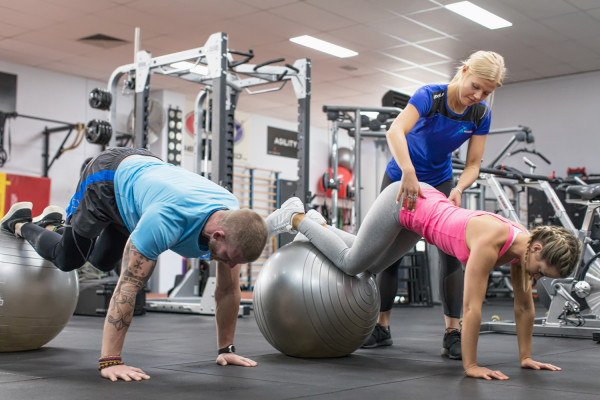


What is physical therapy?
A simple question that doesn't have a simple answer according to a recent mini-research study published earlier this year in Musculoskeletal Science & Practice. (Read the summary here). This study asked 25 subjects what their expectations of physical therapy were prior to their attending their first visit, the initial evaluation. The results concluded that the perception of the role of physical therapy in a healthcare plan was vague and unclear. Specifically, most patients did not expect their treatment to include manual therapy. With so much confusion, why go see a physical therapist?
According to the American Physical Therapist Association, "physical therapists are movement experts who improve quality of life through prescribed exercise, hands-on care, and patient education." According to Webster's Dictionary, physical therapy is "the treatment of disease, injury, or deformity by physical methods such as massage, heat treatment, and exercise rather than by drugs or surgery." Both are appropriate definitions but leave out what to really expect when you're in pain, seeking help and relief, and trying to get back to your desired activities.
Anatomy of a good physical therapy experience
Education of a Physical Therapist
Physical therapists are experts in the musculoskeletal system. All graduating physical therapists now earn a Doctorate in Physical Therapy; that means 4 years of undergraduate studies/pre-requisites followed by 3 years of education specifically designed to help people reduce pain, improve function, and improve quality of life. Following graduation, there are endless opportunities to specialize in the physical therapy field, including manual therapy, vestibular rehabilitation, neuro, pelvic health, pediatrics, oncology, geriatrics, and sports…to name a few. All physical therapists are not the same and finding one that fits your needs can take a little bit of effort.
Seeing a physical therapist that you trust and understands you can make a huge difference in injury recovery, but can also help prevent future injuries and dysfunction. Physical therapists, in conjunction with other health care professions, are in a prime position to help our communities be healthier, live fuller lives, and reduce mortality. Reduced healthcare costs are a (potential) side effect of achieving these goals.
The Mission of Physio, Yoga & Wellness
The physical therapy profession has a marketing problem, but I don't. I help active people in Denver (and beyond!) recover from injury, reduce pain, and optimize health. I aim to help you achieve your health and wellness goals by bridging the gap between treatment, exercise, and lifestyle. Treatment sessions look different for each client, because everyone has a different history and different goals. And if I'm not the perfect fit to help you, I will help you find someone who will! My first stop for recommendations is a fantastic, holistic integrative and collaborative health collective: https://www.denverholistichealth.com/
Still have questions about what physical therapy is, and if it's right for you? Email me directly: Jessica@physioyogaandwellness.com
Dr Jessica Klain PT, DPT, COMT, CSCS, OCS, CNPT
Board Certified Orthopedic Clinical Specialist (OCS)
Certified Strength and Conditioning Specialist (CSCS)
Certified Orthopedic Manual Therapist (COMT)
Certified Nutritional Physical Therapist (CNPT)
Certified Vestibular Specialist
Certified Concussion Specialist
Trigger Point Dry Needling Certified, Level 1&2
Certified Yoga Teacher
University of Florida, Doctorate in Physical Therapy (2009)
The Ohio State University, Bachelor of Science in Biology (2006)
Jessica@physioyogaandwellness.com
www.physioyogaandwellness.com
Call/text: 720-295-0060

0

0
Comments :